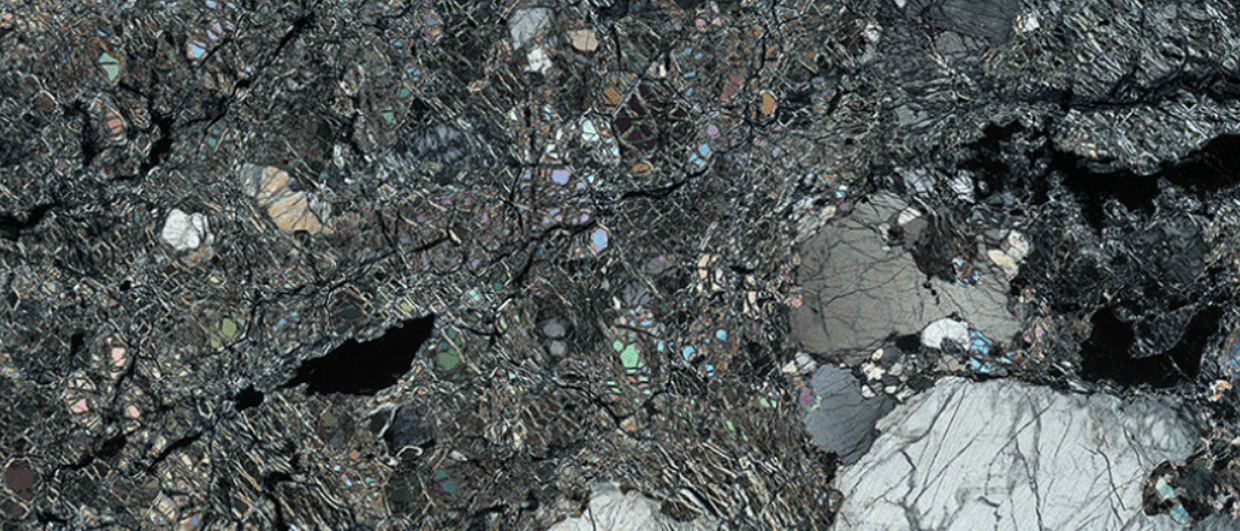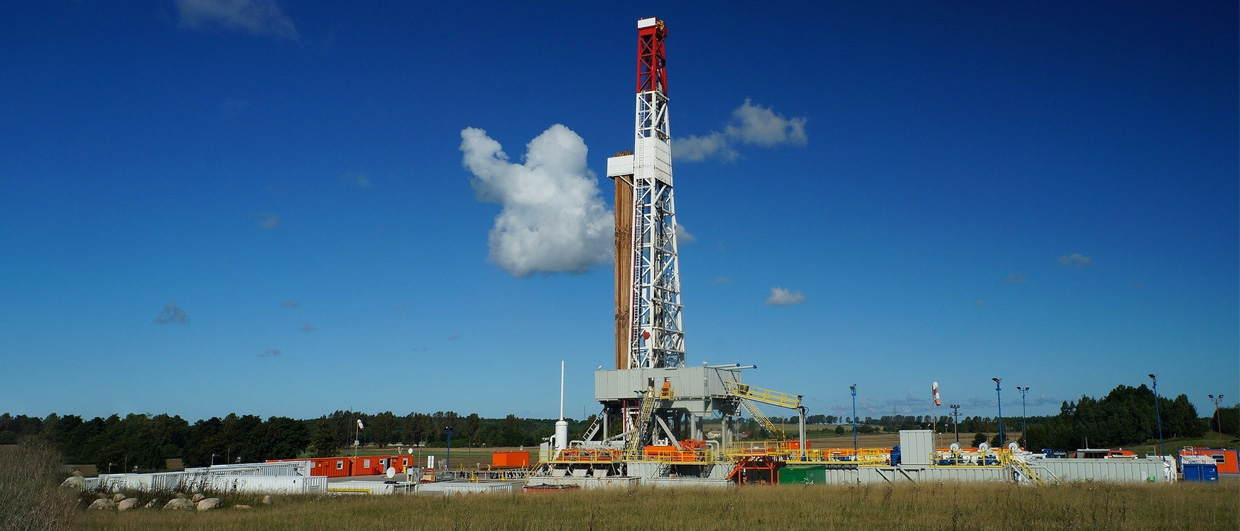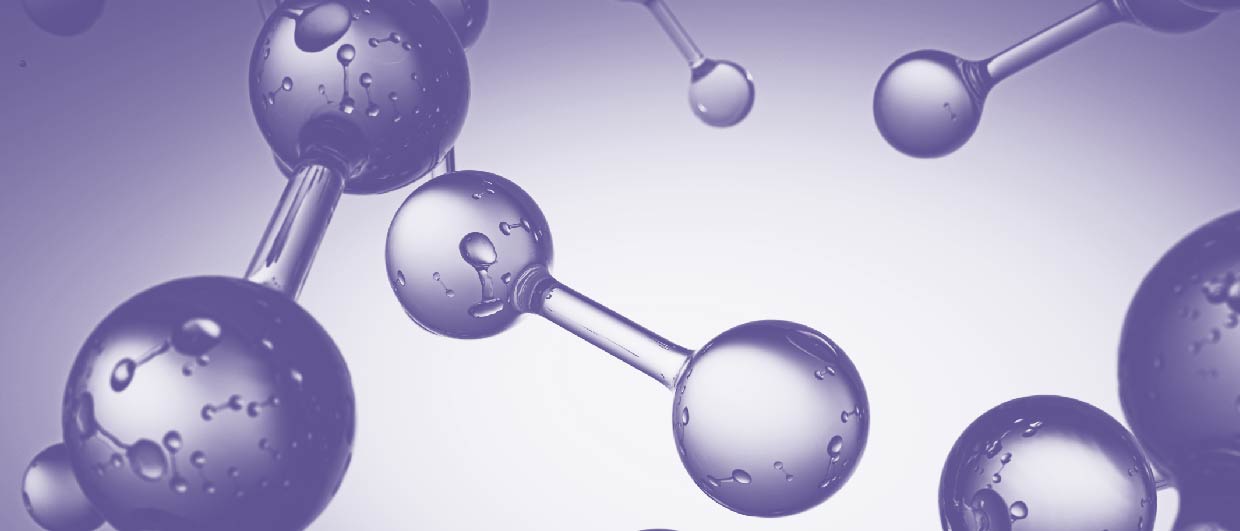Exploration for geological hydrogen has taken off over the past few years. However, nothing close to a major success case has been reported yet. Companies such as Gold Hydrogen in Australia have managed to flow hydrogen to surface, but questions around reservoir volume, pressure, and permeability remain. In other words, the large-scale economic viability of natural hydrogen production remains unproven. But what if we could give the hydrogen source rocks a helping hand by stimulating them to increase production rates?
One of the main mechanisms of hydrogen formation in the subsurface is via serpentinisation of iron-rich rocks. To speed up serpentinisation reactions, one could fracture basement rocks to increase the surface area of rock-water interaction and drill injection and production wells. The idea is simple but is the reality too?
A techno-economic analysis has shown that the natural rate of hydrogen formation must be increased at least 10,000 – fold to be profitable. This means the rate increase must pull from all available directories, i.e. chemical, mechanical, thermal, and biological enhancements. Catalysts can be added to the injected water to speed up reaction rates, as well as chemical components that prohibit microbial consumption of freshly generated hydrogen. If heating the formation is not feasible, wells can be drilled deeper to increase temperature and, hence, reaction rates. And finally, the aforementioned fracture density of the formation will have to be increased to expose more iron-rich minerals to circulating water.

The Semail Ophiolite: Oman’s geological treasure
The Semail Ophiolite in the Sultanate of Oman is the prime location to test stimulated geological hydrogen production. The iron-rich peridotite in the obducted oceanic lithosphere is easily accessible here, and gas bubbling up in natural springs consists of at least 60 % hydrogen, attesting that active serpentinisation is taking place. It also means a large part of the iron has already oxidised over geological time. However, estimates are that 1 – 2 kg of hydrogen can still be generated from each cubic meter of peridotite.
Geotechnical company Eden GeoPower has signed an agreement with Oman’s Ministry of Energy and Minerals to test their Electrical Reservoir Stimulation technology to fracture the peridotite. The company claims this technology has a much lower carbon footprint than conventional hydraulic fracturing. It will be interesting to learn whether Eden can increase the fracture density by at least two orders of magnitude.
The government of Oman realises that all technical requirements to economically generate stimulated hydrogen are a tall order. Hence, they are not putting all their eggs in one basket and have opened the third tender round for green hydrogen projects. Oman aims to produce 1.4 million tonnes of green hydrogen per year by 2030.





